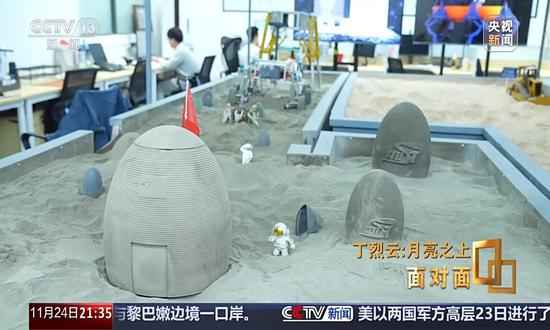
Chinese researchers consider shaping the lunar bricks into mortise and tenon joints to build an egg-shaped house on the moon. (Photo/CCTV)
With simulated lunar soil bricks sent to Chinese space station aboard the Tianzhou-8, the development team responsible said in an interview on Monday that it is considering shaping the bricks into mortise and tenon joints -- a traditional Chinese construction technique -- to build an egg-shaped house on the moon, China Central Television (CCTV) reported.
As the only extraterrestrial body that humans have ever reached, the moon has always been a significant point of focus in scientific research. Around the world, major spacefaring nations have proposed plans for middle- and long-term human presence on the moon, sparking a new wave of lunar exploration enthusiasm.
China is also stepping up efforts to push forward its ambitious lunar plans, including placing taikonauts on the moon by 2030 and building a lunar research station by 2035. Now, a laboratory sandbox simulating a future lunar base scenario has been set up at the national digital construction technology innovation center at Huazhong University of Science and Technology in Wuhan, Central China's Hubei Province.
Academician Ding Lieyun, chief scientist at the center and leader in the development of lunar soil bricks, said in an interview with CCTV that his team has been conducting various experiments on the shape of China's future lunar base.
Initially, they explored dome structures, arch shapes, and columnar designs, repeatedly testing different forms to ensure they would be suitable for the moon's surface environment and easy to construct.
Ding told reporters that constructing on the lunar surface presents enormous challenges due to extreme environmental conditions, including limited in-situ materials, the absence of liquid water, low gravity, temperature fluctuations exceeding 300 C between day and night, approximately 1,000 seismic events of two to three magnitude each year, strong radiation from cosmic rays, and the moon's complex topography and geology. "These factors make lunar construction an exceptionally challenging super-engineering endeavor," Ding said.
Researchers finally landed on the "lunar pot" double-layered dome structure, which involves 12 design parameters, meeting requirements for maximum space, minimal stress, and thermal insulation, while also being lightweight and using fewer materials.
Its shape resembles an upright eggshell, with the interior divided into two levels: A working area and a resting area, according to the CCTV interview.
Drawing inspiration from traditional Chinese mortise and tenon connections, a concavo-convex connection method used to combine two pieces of wood in ancient China, Ding's team proposed using lunar soil to sinter bricks with such structures. This assembly construction method can mitigate the risks associated with one-time forming, with robots performing the masonry while 3D printing reinforces the connections to prevent structural deformation.
The lunar base idea began to take shape in Ding's mind in 2015, said the interview. Ding first referred to the lunar data obtained from the US Apollo program, which included information on the structural features of the lunar surface, the chemical composition of lunar materials, as well as their optical and thermodynamic physical properties.
"When the lunar soil from the Chang'e-5 mission had not yet returned, we could only rely on the results published by the Apollo program. Now with the fresh studies coming out from the Chang'e-5 samples, it has allowed us to obtain more knowledge, and it hit me. 'We don't have to start everything from scratch,'" Ding said, noting that by building on the research of others, humans can take significant steps forward.
"That's why we publish our papers - essentially it is to share our findings with all of humanity," the academician said.
The "lunar bricks" that arrived at the Tiangong space station earlier this month will undergo space exposure experiments to verify whether they can be used for building structures on the moon. After completing the experiments, the first brick is expected to return to Earth by the end of 2025.








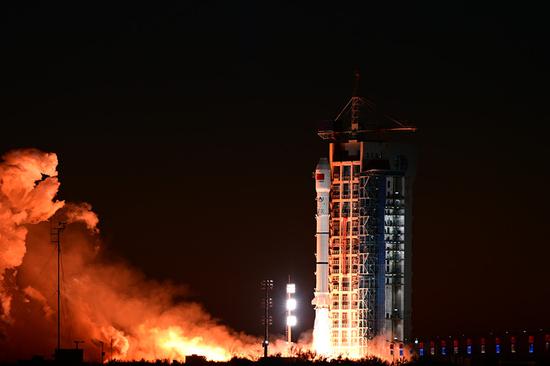

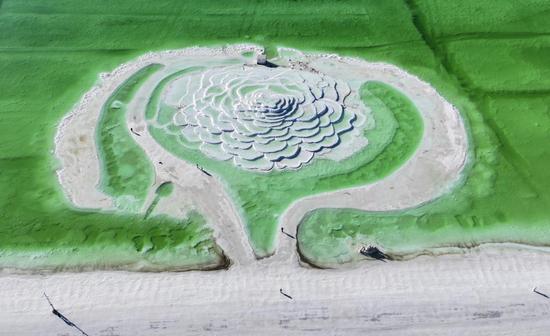


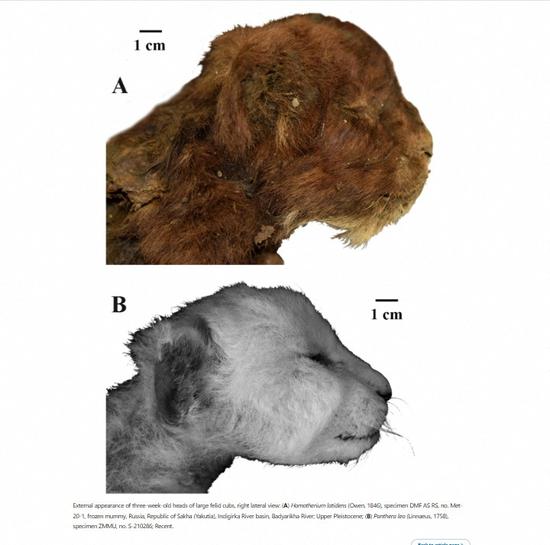
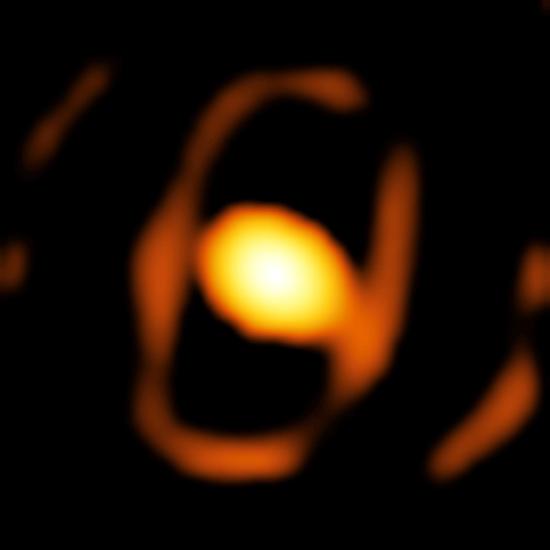






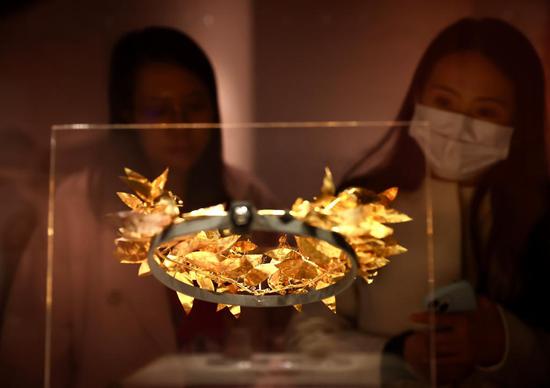



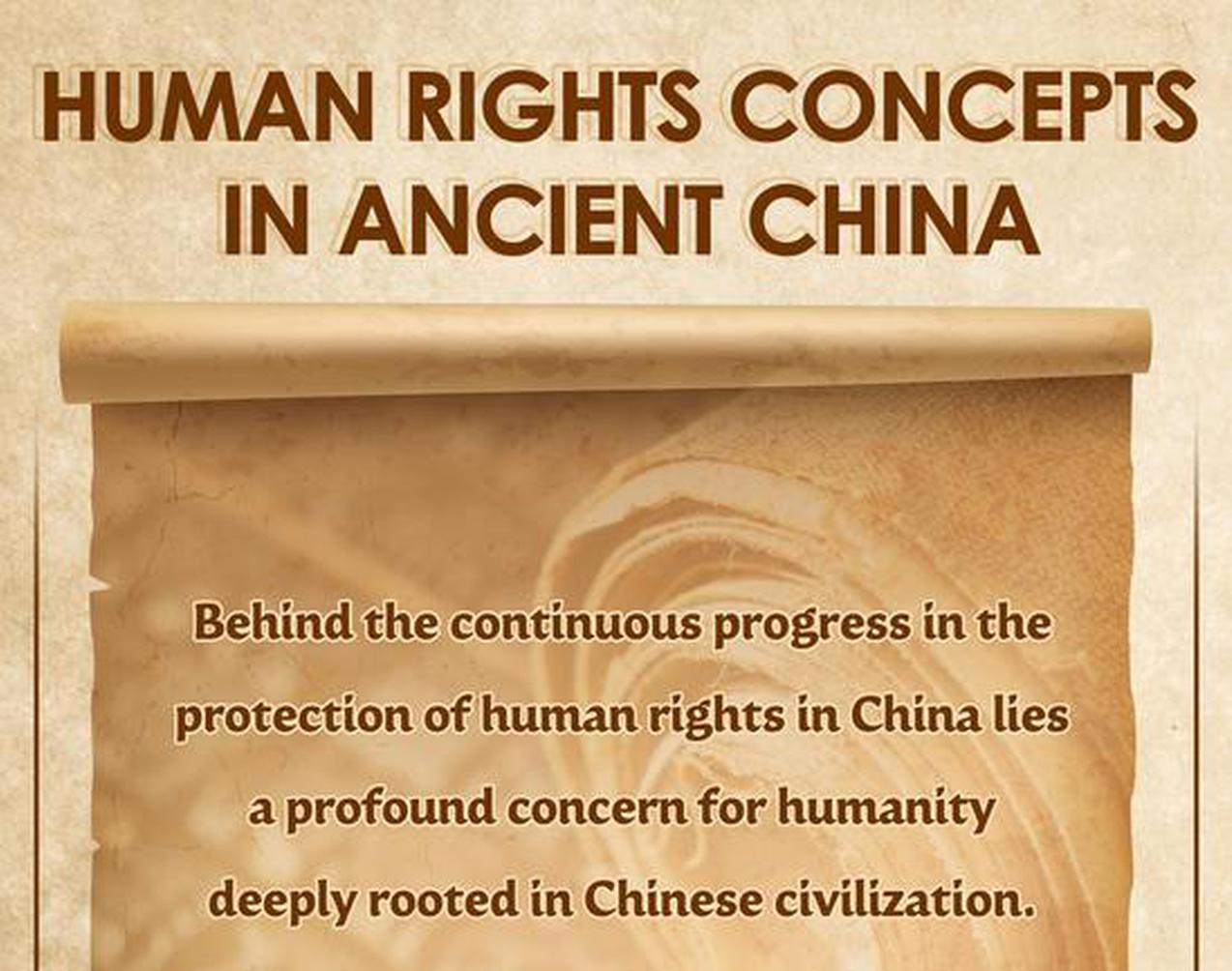
























 京公網安備 11010202009201號
京公網安備 11010202009201號